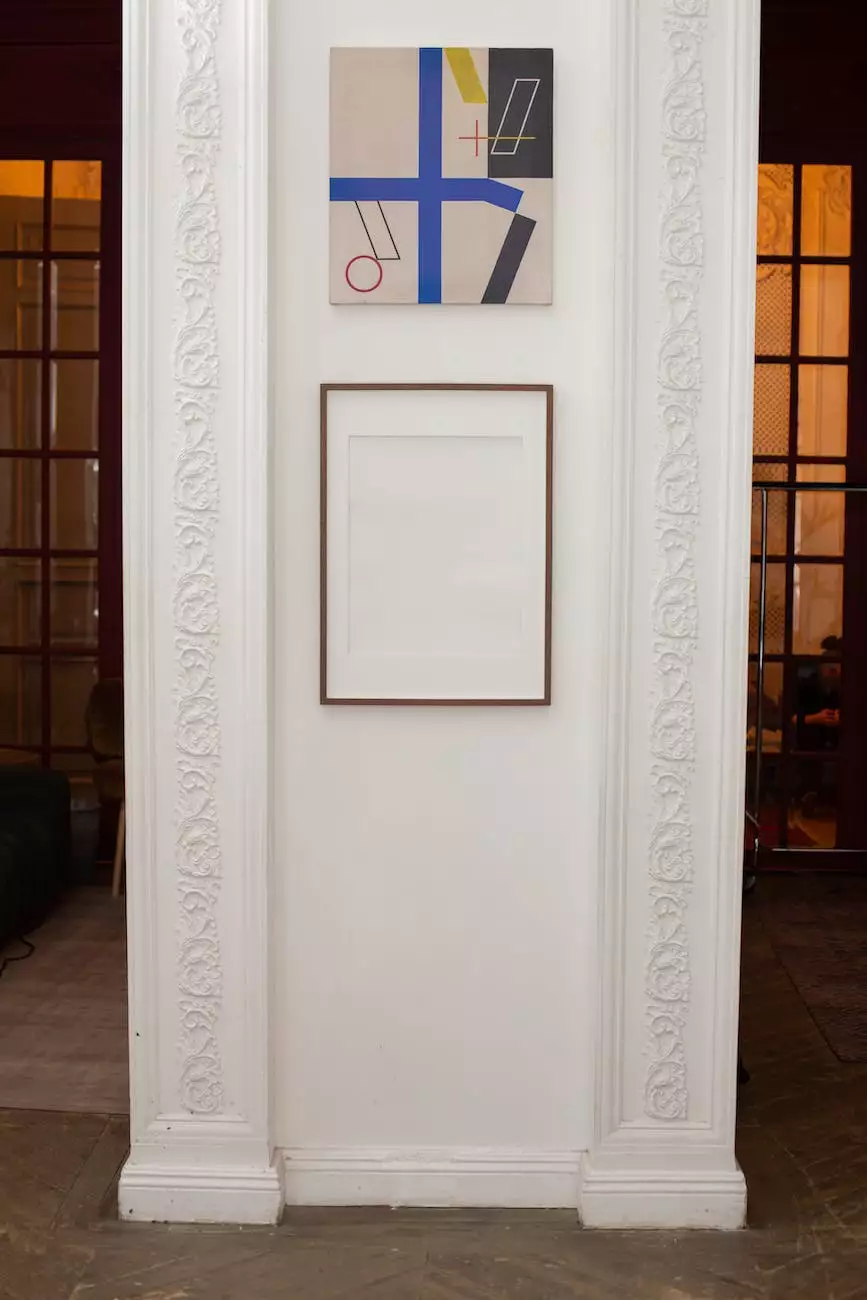How To Create A Content Builder In Craft CMS
Blog
Introduction
In the realm of digital marketing, having a dynamic and user-friendly content builder is crucial for creating engaging and visually stunning web pages. Craft CMS, a leading content management system, offers a robust set of tools to help businesses streamline their content creation process. In this guide, we will walk you through the step-by-step process of creating a content builder in Craft CMS that will elevate your online presence and help you stand out in today's competitive market.
Understanding the Importance of a Content Builder
A content builder is a powerful tool that empowers businesses to create unique and visually immersive web pages without the need for complex coding. It allows businesses to easily customize their website's design and layout, enabling them to align their online presence with their brand identity and overall marketing strategy. By offering an intuitive interface and a wide range of pre-built content blocks, a content builder simplifies the process of creating engaging web pages, ultimately helping businesses capture and retain the attention of their target audience.
The Benefits of Crafting a Content Builder in Craft CMS
Craft CMS stands as one of the leading content management systems available today, trusted by businesses in the digital marketing industry. Building a content builder using Craft CMS provides numerous advantages:
- User-Friendly Interface: Craft CMS offers an intuitive and user-friendly interface, making it easy for businesses to create and manage their content builders.
- Flexibility and Customizability: Craft CMS allows businesses to fully customize their content builders, ensuring that their website aligns perfectly with their brand identity.
- Powerful Content Blocks: Craft CMS provides a wide range of content blocks, enabling businesses to create rich and immersive web pages that captivate their audience.
- Search Engine Optimization: Craft CMS offers advanced SEO features, allowing businesses to optimize their web pages for better search engine rankings and increased organic traffic.
- Responsive Design: With Craft CMS, businesses can easily create responsive web pages that adapt seamlessly to different screen sizes and devices, providing a superior user experience.
Step-by-Step Process for Creating a Content Builder in Craft CMS
Step 1: Installing Craft CMS
Before diving into creating a content builder, you need to install Craft CMS on your web server. Follow the installation instructions provided by Craft CMS's official documentation to get started. Once installed, you can proceed to the next steps.
Step 2: Setting Up a New Craft CMS Project
Create a new Craft CMS project by following the guidelines provided by Craft CMS's official documentation. Configure the necessary settings, such as database connectivity and project-specific details.
Step 3: Creating a New Section
Sections in Craft CMS define the structure and organization of content on your website. Create a new section specifically for your content builder pages. This will allow you to manage and customize your content builder effectively.
Step 4: Defining Entry Types
Entry types define the different types of content you want to include in your content builder. Examples of entry types can be "Image Slider," "Featured Products," or "Testimonials." Define the entry types that are relevant to your website and align with your marketing goals.
Step 5: Customizing Field Layouts
Craft CMS provides a variety of field types that you can use to customize your content builder. Examples include text fields, image upload fields, rich text fields, and more. Tailor the available fields to meet your specific content requirements and design preferences.
Step 6: Creating Templates
Craft CMS uses templates to define the structure and layout of web pages. Create custom templates for your content builder pages, ensuring that they reflect the design and branding elements of your website. Utilize the flexibility of Craft CMS to craft visually captivating and engaging templates.
Step 7: Implementing Content Blocks
Content blocks serve as the building blocks of your content builder. These blocks allow you to insert and arrange different content types within your templates. Customize the available content blocks according to your website's needs, ensuring a seamless and visually pleasing user experience.
Step 8: Styling Your Content Builder
Craft CMS provides extensive options for custom styling, allowing you to create a visually stunning content builder. Utilize CSS and other styling techniques to refine the appearance of your content blocks, ensuring a cohesive and engaging user interface.
Step 9: Optimizing for SEO
Craft CMS offers advanced SEO features that can significantly improve your website's search engine rankings. Utilize metadata, alt tags, and other SEO optimization techniques to enhance the visibility of your content builder pages on search engines.
Conclusion
Craft CMS empowers businesses in the digital marketing industry to create powerful and visually appealing content builders. By following the step-by-step guide outlined above, you can elevate your online presence, attract more visitors, and drive the success of your digital marketing campaigns. Remember to experiment with different layouts, content blocks, and designs to find what resonates best with your target audience. Craft CMS provides the tools; it's up to you to unleash your creativity and harness its full potential.










